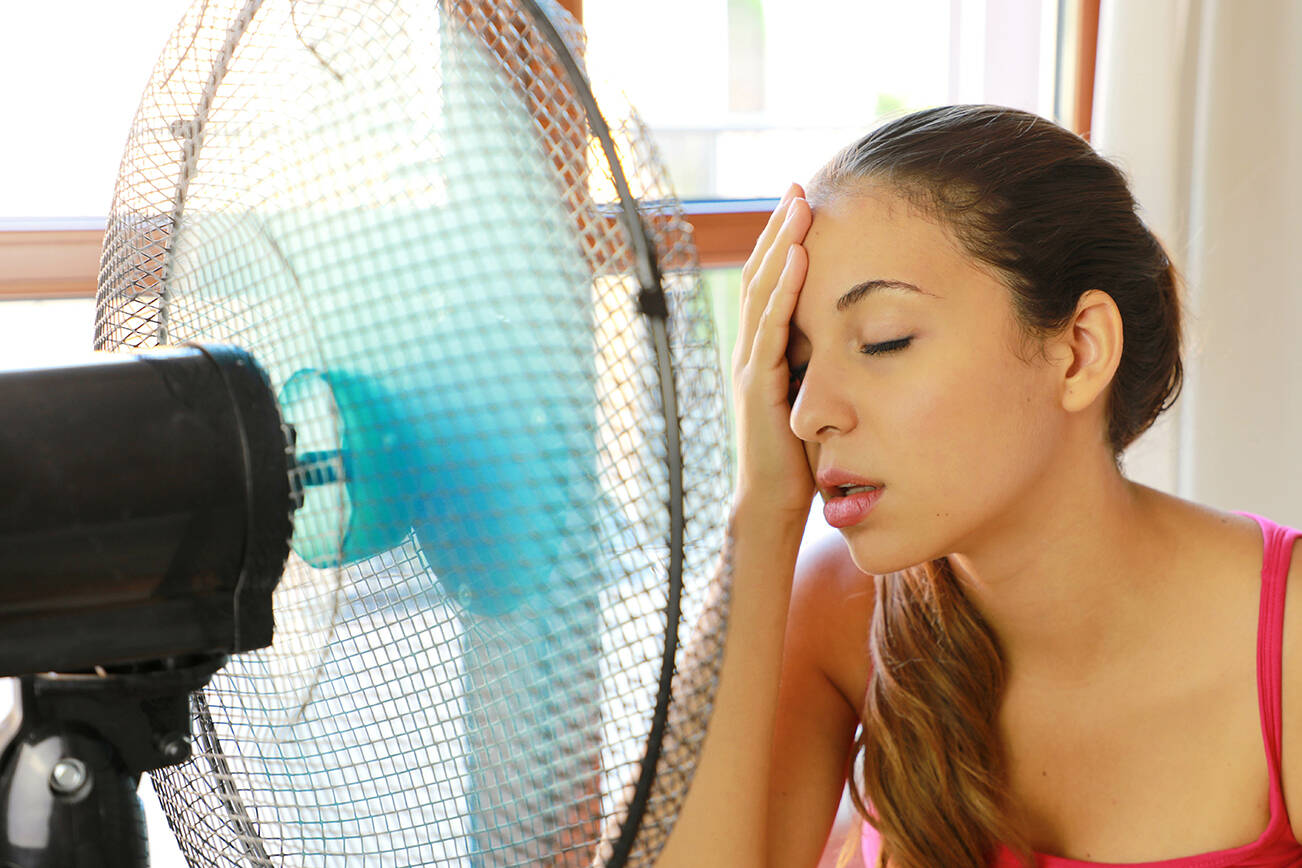Submitted by the Washington State Department of Commerce.
This past June, Washington confronted a smothering heat dome that ended up being the deadliest weather event in Washington history. It contributed to 125 heat-related deaths and nearly 450 excess deaths, such as strokes and heart attacks brought on by heat stress. Unsurprisingly, researchers found that people who are low income or experiencing homelessness are the most vulnerable during heatwaves.
The changing climate means such heat events are increasingly likely during Washington’s summer months. According to the National Weather Service, extreme heat has led to more deaths than other extreme weather events in the United States over the last 30 years. Ensuring residents can stay cool or warm is vital to their health, which means protecting the most vulnerable to prevent deaths and hospitalizations.
But adding cooling or air conditioning to a home can cost thousands of dollars to install. That’s why, after 40 years of helping low-income households with heating expenses, the Washington State Department of Commerce recently modified the Low-Income Home Energy Assistance Program (LIHEAP) to cover cooling and air conditioning.
It’s a need that Carol Weltz, director of community action for Spokane Neighborhood Action Partners (SNAP), witnesses often. Household energy expenses have increased across the board, creating a more significant cost burden for the 50,000 Spokane residents her program serves.
“Things are changing, and we need to provide for low-income households and take care of families,” Weltz said. “LIHEAP was born of people freezing to death in their homes, and we’re seeing more and more of that with heat and cooling.”
The Spokane region had its hottest summer ever, and cooling need was high.
“To live without air conditioning in these conditions is just not healthy,” Weltz said. “This is not a luxury for people — we’re talking about life.”
LIHEAP is a federal block grant administered by Commerce that helps keep households safe with energy cost assistance.
LIHEAP provides households at or below 150% of the federal poverty level with one-time heating or cooling grants made directly to the energy provider or utility. For example, a three-person household making less than $32,580 per year is eligible, according to the 2021 standards. In 2020, LIHEAP served more than 77,000 households in Washington with grants.
Weltz said that households used to be able to save on their energy utilities in the summer to keep warm in the winter, but with the changing climate across Washington state, they can no longer do that. “Families are not getting caught up,” she said.
With LIHEAP, people can acquire heating or cooling units, pay bills and receive assistance with repairing or replacing unsafe, inoperative or dysfunctional systems. And people in counties impacted by wildfire smoke may qualify for assistance to receive air purifiers if there is an emergency wildfire proclamation in place.
The addition of air conditioning is an important change, said LIHEAP program manager Brian Sarensen. Air conditioning was added after 2021’s extraordinary weather trends, including the heat dome, and research on the effects of extreme heat in low-income areas and urban heat islands.
The average benefit is $473 per household, which does not yet include air conditioning costs because of the recent expansion. LIHEAP does not yet cover shelter for cooling, but is under discussion, Sarensen said.
To learn more about LIHEAP and how to apply, visit www.commerce.wa.gov/growing-the-economy/energy/low-income-home-energy-assistance.




